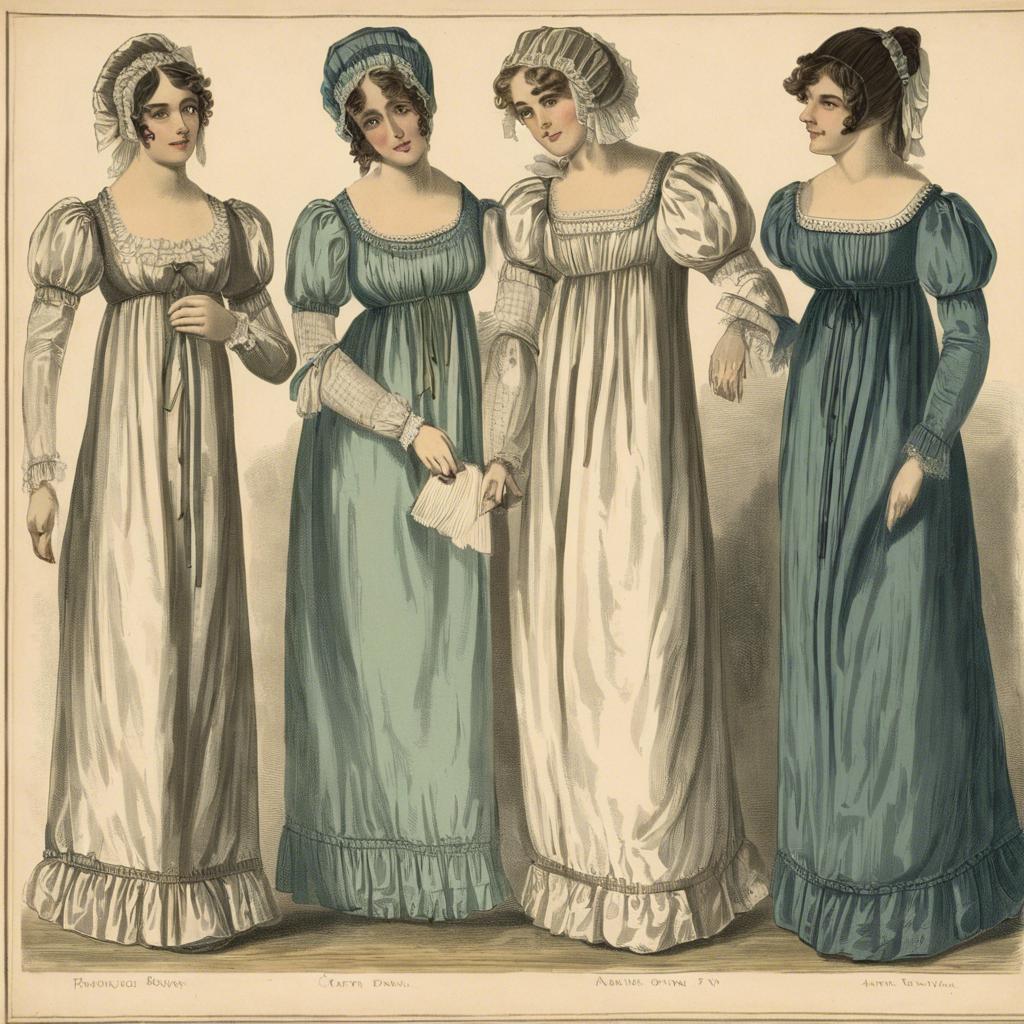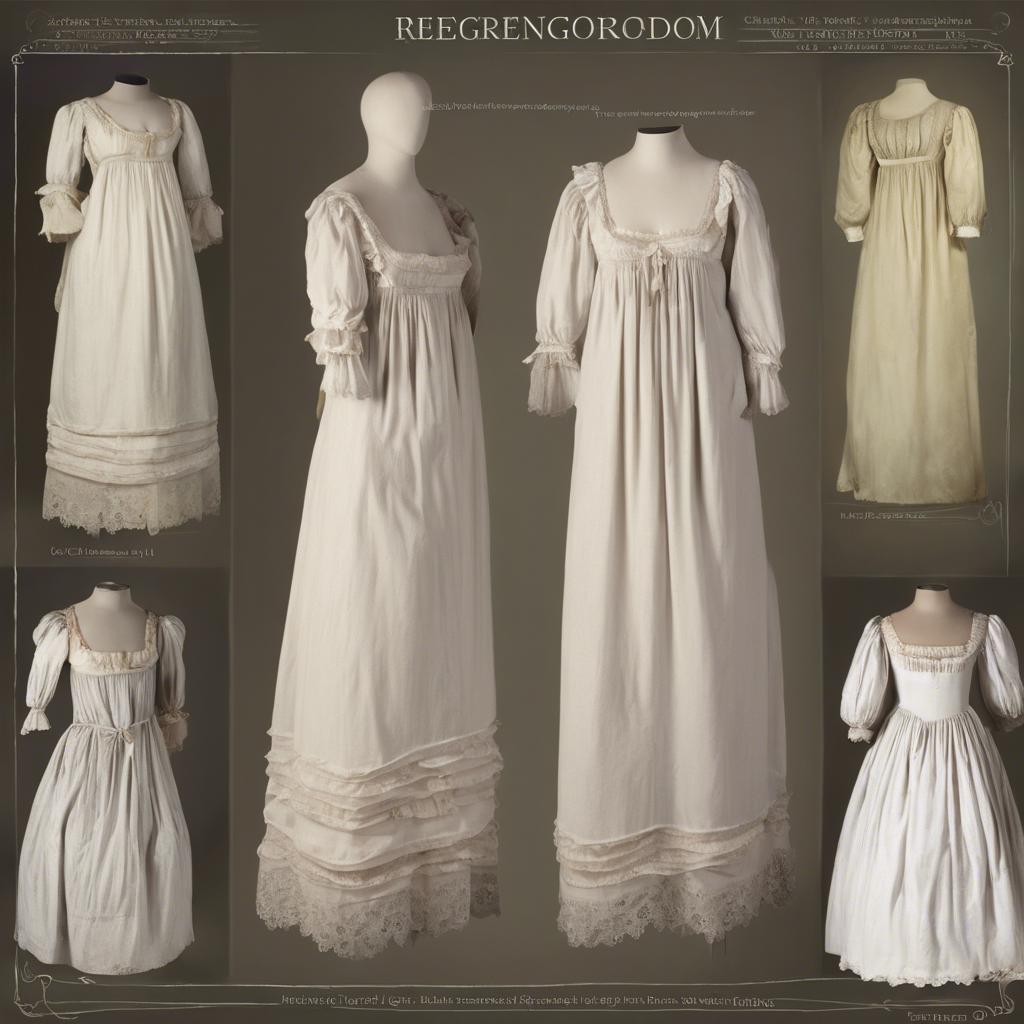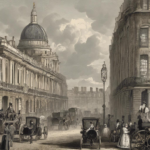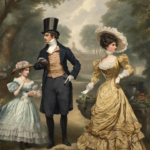In the early 19th century, the Regency Era brought about a dramatic shift in fashion, reflecting the refinement and elegance of the period’s societal norms. Among the exquisite garments that epitomized this era was the Regency nightgown. Designed with grace and sophistication in mind, these nightgowns were not only a symbol of luxury and status, but also a reflection of the era’s evolving sense of style and femininity. Join us as we delve into the history and significance of the Regency era nightgown, exploring its intricate designs and cultural significance within the context of this illustrious period in fashion history.
Step Into the World of Cheryl Bolen
Dive into the enchanting stories of love, intrigue, and elegance set in the Regency Era. Cheryl Bolen's novels offer timeless romance and captivating tales that will leave you wanting more.
Explore Cheryl Bolen's Books Now
Heading 1: The Evolution of Regency Era Nightgowns: A Look at 19th Century Womens Sleepwear
During the Regency Era, nightgowns were an essential part of a woman’s sleepwear wardrobe. These nightgowns were often made of lightweight fabrics such as cotton, muslin, or silk, providing comfort and breathability during the warmer months.
Regency era nightgowns typically featured high-waisted designs, empire silhouettes, and delicate details such as lace trims, pintucks, and embroidery. These nightgowns were often floor-length, providing coverage and modesty while still allowing for ease of movement while sleeping.
The evolution of Regency Era nightgowns reflects the changing fashion trends and societal norms of the time. Women’s sleepwear during this period showcased elegance, femininity, and sophistication, highlighting the importance of style even in the most intimate of settings.
Heading 2: Fabric and Design: Unveiling the Luxurious Details of Regency Era Nightgowns
In the world of fashion during the Regency Era, nightgowns were a symbol of luxury and sophistication. These nightgowns were crafted with the finest fabrics, such as silk, satin, and muslin, which draped elegantly over the female form. The attention to detail in the design of these garments was impeccable, with intricate lace trims, delicate embroidery, and ruffled accents.
The silhouette of a Regency Era nightgown was typically high-waisted, with a flowing skirt that reached the ankles. The neckline was often square or rounded, adorned with lace or ribbon trim. Sleeves could be long and flowing, or short and puffed, adding to the romantic aesthetic of the garment. These nightgowns were designed to be both comfortable for sleeping and elegant for lounging around the house.
Women during the Regency Era took great care in selecting their nightgowns, as these garments were a reflection of their social status and personal style. The colors of these nightgowns ranged from soft pastels to rich jewel tones, with patterns such as florals, stripes, and polka dots. Whether worn for a quiet evening at home or for entertaining guests, a Regency Era nightgown was a statement piece that exuded grace and refinement.
Heading 3: Practical Tips for Collecting and Caring for Authentic Regency Era Nightgowns
If you are a lover of history and fashion, collecting authentic Regency Era nightgowns can be a rewarding hobby. These garments offer a glimpse into the past, showcasing the intricate details and exquisite craftsmanship of the early 19th century. To help you in your quest for these beautiful pieces, here are some practical tips for collecting and caring for Regency Era nightgowns:
1. Research and Authentication:
Before making a purchase, make sure to research the characteristics of Regency Era nightgowns. Look for specific details such as high empire waists, soft fabrics like muslin or silk, and delicate lace trimmings. Additionally, seek out reputable sellers or museums that specialize in historical garments to ensure the authenticity of your purchase.
2. Storage and Preservation:
To preserve the delicate fabrics of your Regency Era nightgowns, store them in a cool, dry place away from direct sunlight. Avoid hanging the garments to prevent stretching and distortion. Instead, fold them carefully and place acid-free tissue paper between layers to prevent creasing. Consider investing in archival garment bags to protect your collection from dust and pests.
Heading 4: Modern Adaptations: How to Incorporate Regency Era Nightgown Aesthetics into Contemporary Sleepwear
Utilizing the elegance of Regency era nightgowns in contemporary sleepwear is a delightful way to infuse your bedtime routine with a touch of historical charm. With their flowing silhouettes, delicate lace trims, and soft fabrics, these nightgowns offer a sense of timeless beauty that can enhance your sleep experience.
When incorporating Regency era aesthetics into your modern sleepwear, consider opting for nightgowns with empire waistlines, puffed sleeves, and intricate floral patterns reminiscent of the romantic era. Soft pastel colors such as blush pink, lavender, and pale blue can further evoke the elegance of the Regency period, creating a dreamy and ethereal look for your nighttime attire.
Pair your Regency-inspired nightgown with a cozy robe or shawl for added warmth and comfort. To complete the look, consider accessorizing with a ribbon tie or lace-trimmed slippers for a touch of old-world sophistication. Embracing the grace and beauty of Regency era nightgowns in your contemporary sleepwear can elevate your bedtime routine to a truly luxurious experience.
Key Takeaways
the regency era nightgown served as a symbol of elegance and sophistication during a time of great social change. Its delicate fabrics, intricate lace detailing, and graceful silhouette encapsulated the refined sensibilities of the period. Today, these exquisite garments continue to be admired for their beauty and craftsmanship, offering a glimpse into the opulent world of the Regency era. As we reflect on this bygone era, let us remember the enduring allure of the regency era nightgown and the lasting legacy it has left on the history of fashion.


